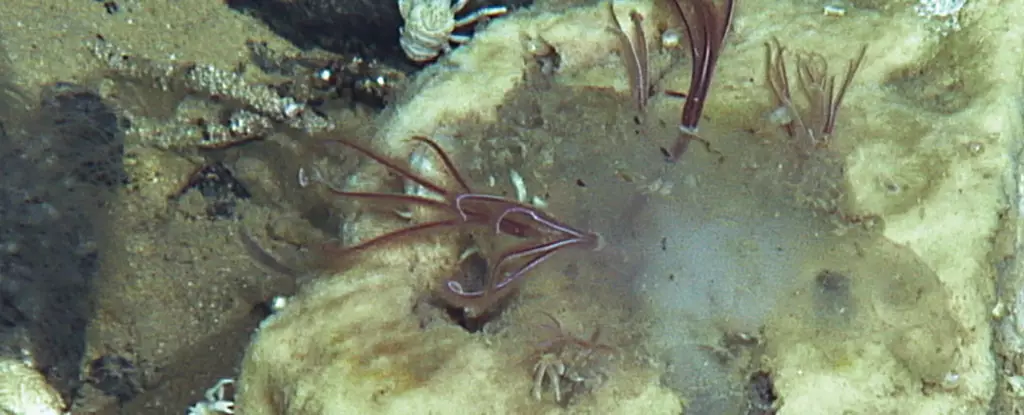The ocean’s depths harbor secrets that challenge our understanding of life’s resilience and adaptability. Among the most fascinating discoveries in recent paleontology are the ancient bone-eating worms that have trembled through time, wielding an eating habit once thought to be exclusive to modern species. These worms, part of the genus Osedax, are not just biological curiosities—they are emblematic of life’s stubborn persistence and evolutionary ingenuity. Their lineage stretching back at least 100 million years demands a reevaluation of how we perceive marine life’s evolution and resilience. Instead of viewing extinction as irreversible, these findings suggest that nature, in its infinite complexity, often finds ways to rekindle and perpetuate survival strategies long after their presumed demise.
The Unrelenting Drive for Survival as a Power of Evolution
What makes the discovery of these ancient worms so compelling is their striking resemblance to modern bone-burrowers. Despite millions of years and vast evolutionary shifts, their fundamental behavior remains unchanged. This incredible stability raises questions about the evolutionary pressures that favored their persistence. In a world often characterized by rapid change and extinction, the bones of ancient marine reptiles served as a lasting resource—a biological jackpot—ensuring these worms’ survival across epochs. Their ability to exploit a relatively scarce and specific niche underscores an evolutionary principle: that survival is not always about adaptability to change, but sometimes about sticking with what works. Such stability in behavior and physiology points to a possible “adaptive advantage” so pronounced that it has thwarted extinction pulses that have wiped out many other species.
The Intriguing Implications of Deep Time Preservation
The importance of this research extends far beyond simply cataloging ancient species; it fundamentally alters how we interpret fossil records. The use of cutting-edge CT scans to analyze fossils without causing damage signifies a paradigm shift in paleontology, enabling scientists to uncover hidden stories embedded in ancient bones. The traces of boring that these worms left in fossils of extinct marine reptiles are like cryptic messages from the past, whispering tales of resilient life forms thriving when the seas were ruled by mighty reptiles, not mammals or humans. The realization that such behavior existed in the Cretaceous era—before whales, before dolphins—forces us to reconsider the timeline of complex ecological interactions. These worms have been silently working in the shadows, shaping their environment long before humanity ever looked beneath the waves.
Modern Species as Living Testaments to Ancient Stability
What makes the evolutionary narrative even more striking is the link to contemporary Osedax species. Their similarities to their ancient ancestors hint at a surprising constancy in ecological niche exploitation over vast periods. Contrary to the common assumption that evolution constantly crafts new forms better suited for contemporary challenges, this stability suggests that certain survival strategies are inherently optimal—so much so that they resist transformative pressures. The fact that modern organisms exhibit comparable burrows, despite evolutionary divergence, indicates a form of ecological niche fidelity. It also sparks a provocative question: if these worms persisted in their ancestral roles, might other ancient adaptations also still be lurking in the depths, waiting to be rediscovered through fossil analysis and genetic research?
Broader Implications and Unfinished Mysteries
The discovery invites us to reconsider the broader narrative of life’s history on Earth. It hints at a hidden universe of undiscovered ancient organisms, their traces buried in sediments and fossils, awaiting detection through technological advancements. The potential for more discoveries, both ancient and modern, promises to reshape our understanding of marine ecosystems and evolutionary stability. Yet, the most compelling challenge remains: bridging the gap between fossil records and current genetic data to craft a comprehensive picture of how life endures and adapts across geological time. As scientists explore these deep pasts and present, one truth becomes clear—nature’s ingenuity is both enduring and formidable, defying simplistic assumptions about change and extinction. The relentless persistence of these worms is a testament to the complexity of evolution, reminding us that in the grand scheme of the universe, survival may sometimes be less about adaptability and more about tenacious fidelity to proven ecological niches.

Leave a Reply